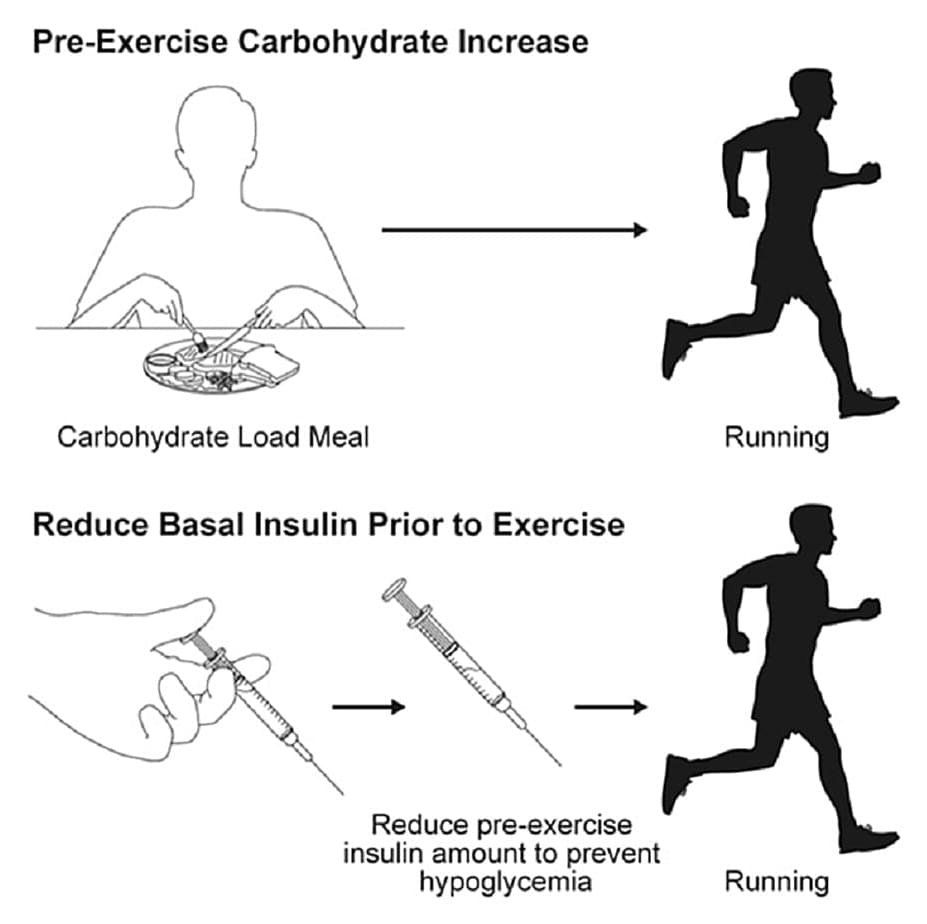Exercise offers benefits for those with type 1 diabetes, but needs careful blood glucose management. Anaerobic & aerobic exercise cause different responses-optimize nutrition, insulin dosing & monitoring to reach target ranges & reduce dysglycemia risk.
Type 1 diabetes mellitus is an autoimmune disease caused by affected individuals’ autoimmune response to their own pancreatic beta-cell. It affects millions of people worldwide. Exercise has numerous health and social benefits for patients with type 1 diabetes mellitus; however, careful management of blood glucose is crucial to minimize the risk of hypoglycemia and hyperglycemia. Anaerobic and aerobic exercises cause different glycemic responses during and after exercise, each of which will affect athletes’ ability to reach their target blood glucose ranges. The optimization of the patient’s macronutrient consumption, especially carbohydrates, the dosage of basal and short-acting insulin, and the frequent monitoring of blood glucose, will enable athletes to perform at peak levels while reducing their risk of dysglycemia. Despite best efforts, hypoglycemia can occur.









Comments are closed.